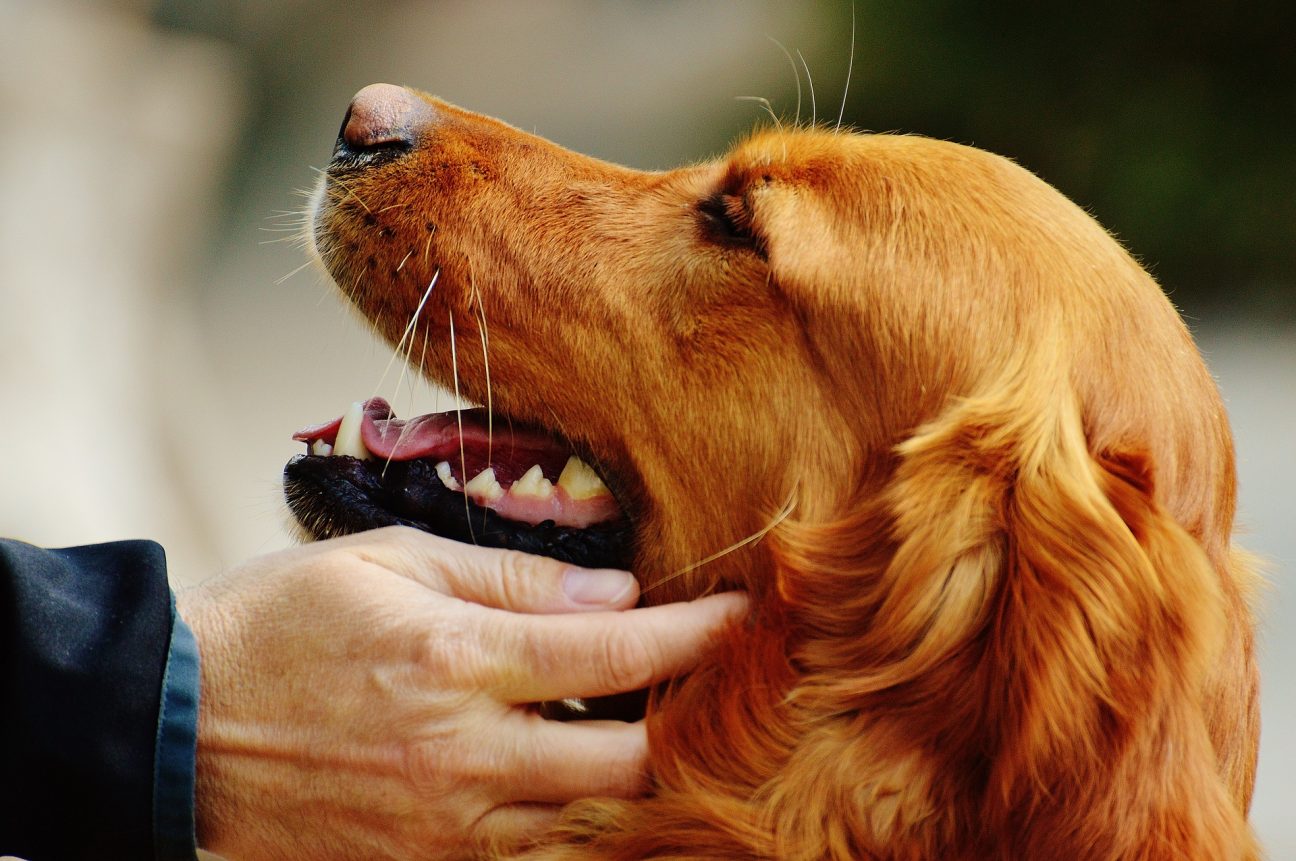Top 10 Warning Signs of Cancer in Your Pet

Each year, about 12 million new cancer diagnoses are made in dogs and cats across the United States. Fortunately, we’ve seen great advancements in medicine over the years, which allow veterinarians to diagnose and treat cancer with greater success.
Early detection is crucial when it comes to pet cancer.
As pet owners ourselves, we understand that your pet is a much-loved member of the family. We encourage you to be vigilant about your pet’s health. Cancer is the number one cause of disease-related deaths in older cats and dogs, and finding it early can make all the difference. For young and adult pets, schedule annual visits with your family veterinarian for a full checkup. For older or senior pets, schedule checkups every six months. Animals age at a faster rate than humans do, so even though it may be one year in our time, it may be equivalent to several years for them.
Look for these early warning signs of cancer in cats and dogs
Be observant to any changes in your pet’s physical appearance and behavior. We talked about some of the signs and symptoms of brain cancer in a previous post—one common sign being seizures. However, not all warning signs are that obvious.
Here are the top 10 warning signs of cancer in cats and dogs, adapted from the American Veterinary Medical Association. If you notice any of these, contact your veterinarian to check things out as soon as possible. Depending on the cancer type and stage, your pet’s health can deteriorate very quickly, so it’s always best to get an exam. When in doubt, get it checked out.
- Enlarged or changing lumps and bumps Once or twice a month, take a few minutes to feel your pet’s body for any lumps, bumps or abnormal swelling. Check for swollen lymph nodes, which can be a sign of lymphoma. Lymph nodes are located throughout the body but most easily detected around the jaw, shoulders, armpits, and behind the legs. Make a note of any bumps (their size and location) to make sure they aren’t growing or changing shape over time. Here is a helpful video on how to check for lumps and bumps.
- Sores that do not heal If your pet has an open wound that will not heal, it could be a sign of something more serious, such as an infection or cancer.
- Chronic weight loss or weight gain If there is no change in the diet or food, but your pet is gaining or losing weight, this could be a sign of illness. Weight loss or weight gain can indicate a possible tumor in the stomach. Another related symptom could be chronic vomiting or diarrhea.
- Change in appetite Is your dog or cat eating more than usual? Eating less than normal? Are they trying to eat foods they were previously uninterested in? Drastic changes in your pet’s appetite could be a sign of cancer.
- Persistent cough There are many reasons why dogs might have a persistent cough. For younger pups that were recently adopted or placed in boarding, a persistent cough could be a sign of kennel cough. In older dogs, a dry persistent cough could indicate a tumor near the heart or lung cancer.
- Persistent lameness or stiffness You may find that your pet is limping on one foot or no longer wants to walk or exercise. Persistent lameness or stiffness can be a sign of osteosarcoma or bone cancer.
- Unpleasant odor from mouth A foul smell from the mouth can be a sign of oral cancer. Not all pets that have oral cancer exhibit pain or have trouble eating, so it is a good idea to consult your veterinarian.
- Difficulty breathing, eating or swallowing A tumor in the mouth or neck can put pressure on the area and make it difficult for your pet to eat or drink. A tumor near the esophagus, nose or lungs can block airways, making it harder for your pet to breathe.
- Difficulty urinating or defecating Dogs and cats can develop tumors in their urinary tracts, which can make it difficult to urinate. Similarly, if you see your pet is having trouble defecating or there is a sustained foul odor from the rear, a mass near the anus might be the culprit.
- Bleeding or discharge from any opening Consult your veterinarian if your pet experiences any unexplained bleeding or discharge from any opening. Bleeding is a common sign of cancer and other illnesses. Oral cancer can cause gums to bleed. Nose cancer can cause the nose to bleed.
Regular wellness exams will provide your veterinarian the opportunity to check for signs of cancer, but you can take a more proactive approach to your pet’s health by looking for these warning signs regularly. Your furry family members depend on you to keep them healthy for as long as possible. And they’ll be sure to thank you for catching their cancer early with cuddles, love, and loyalty!
Questions about pet cancer? Call us.
If your pet has been recently diagnosed with cancer, we are here to help.
PetCure Oncology has a rapid-response center for pet parents like you who may be struggling with a dog or cat’s cancer diagnosis. Our full-time Pet Advocate Team is trained and ready to receive your phone calls with knowledge and compassion. They will help you understand the nature of your pet’s cancer diagnosis, discuss treatment options, and connect you with educational resources to better manage your pet’s care.
